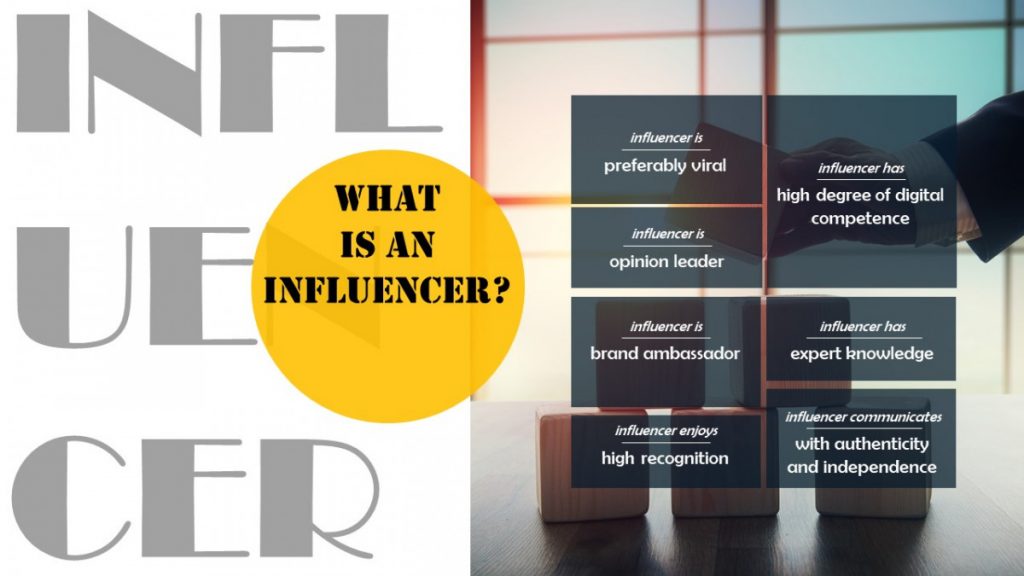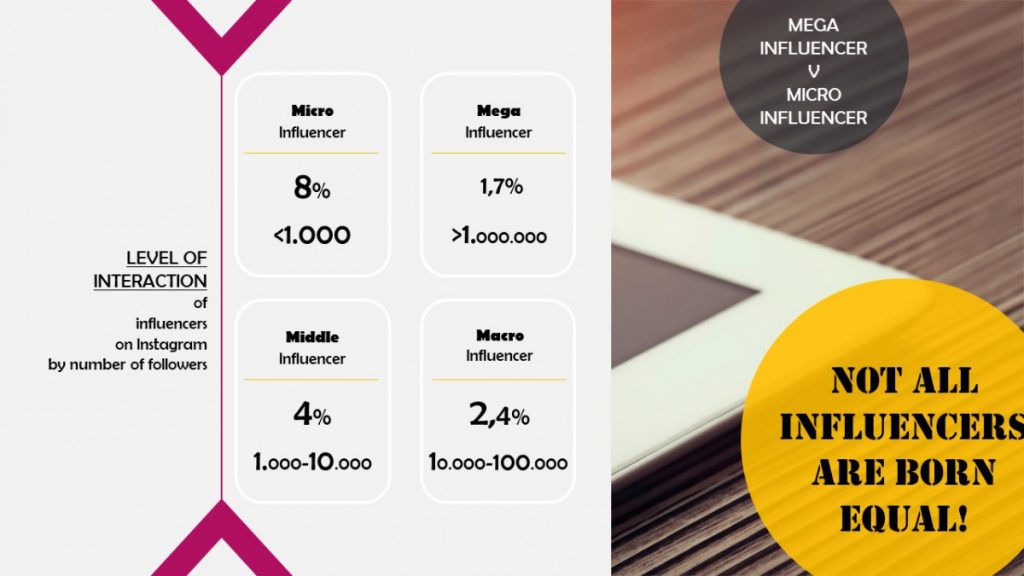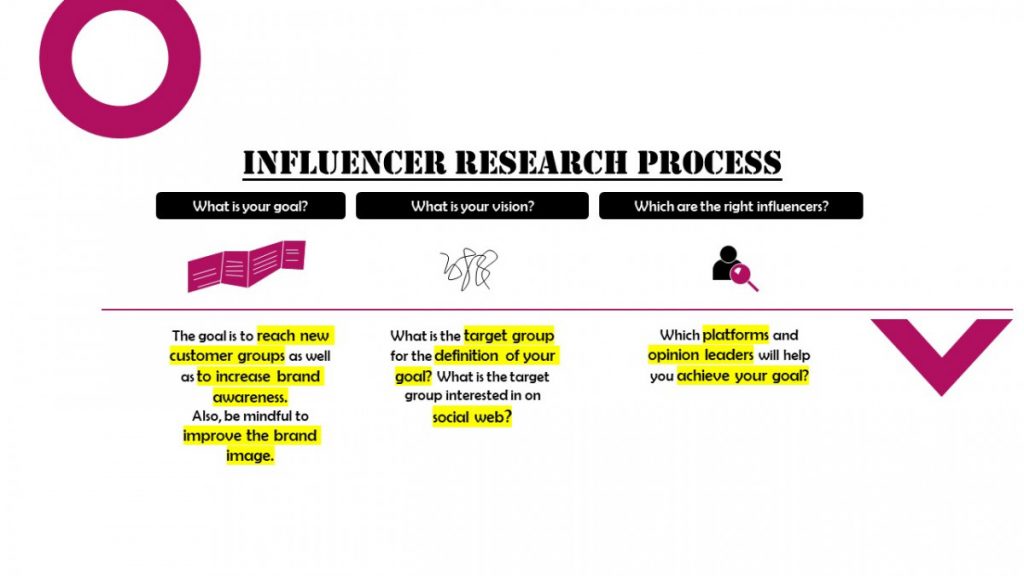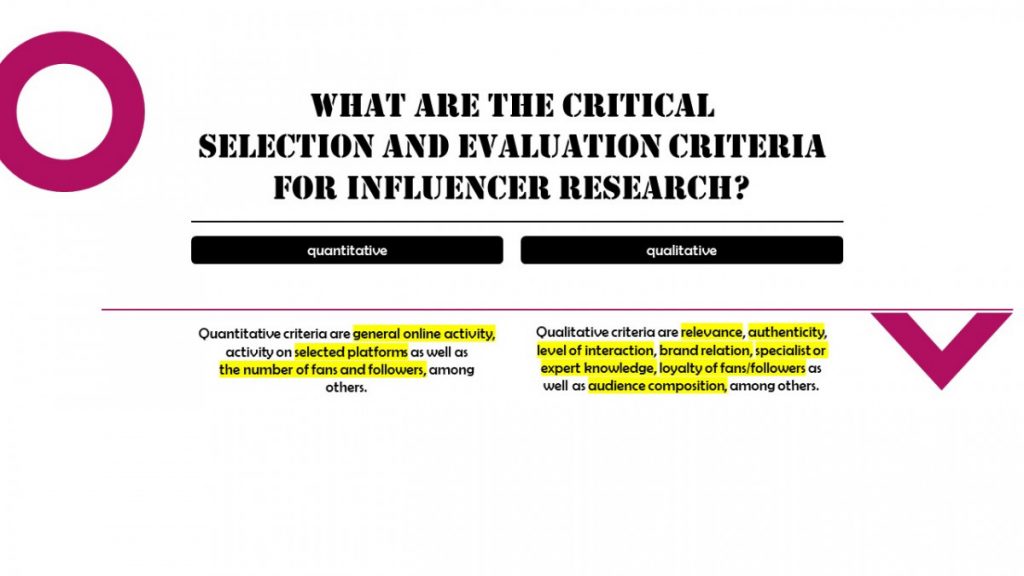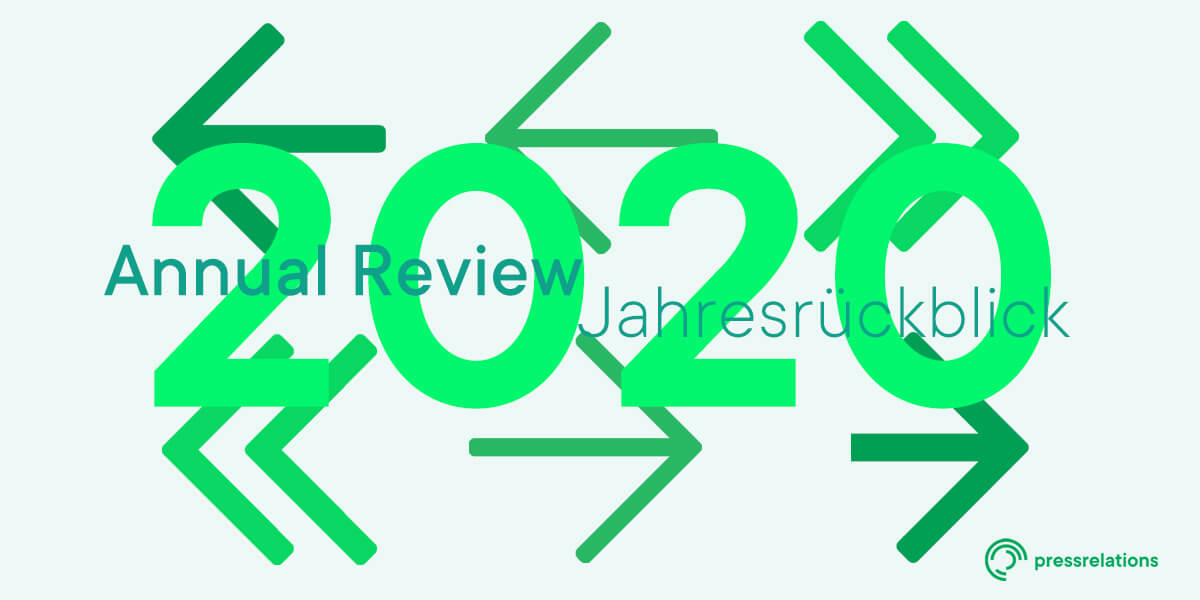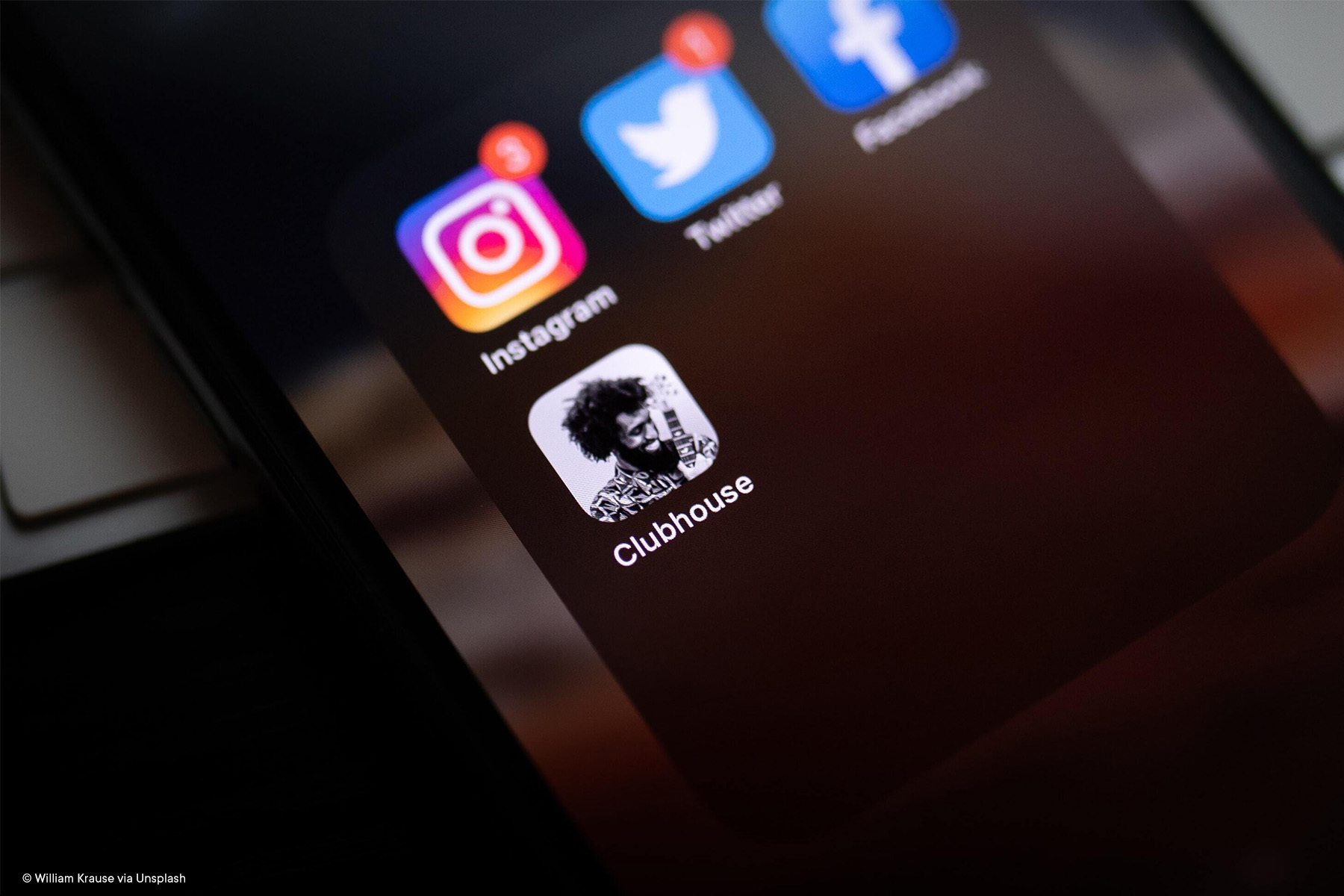Conventional advertising loses its effectiveness and credibility if it is not tailored to the needs of its target audience and does not reach it at the right moment. Therefore, cooperation with influencers in the domain of brand communication can reap tremendous results as they understand the market, have excellent expert knowledge at their disposal and communicate with the target audience in a trustworthy manner. Their content is rarely perceived as advertising even when it is sponsored. A study on the effect of influencer marketing conducted by Nielsen Catalina Solutions from the US reveals that people who have been exposed to the influencer content spend more money than those who have been confronted with regular adverts. However, it may take some time until the influencer starts writing positive reviews on behalf of your business. First, you need to know which influencer is the right fit for you and where to find them.
What makes an influencer?
Influencers are convincing, brand-conscious multipliers and regular consumers at the same time. They all have one thing in common: they have a high level of competence in the digital jungle and are highly active on social media platforms.
But! Not all influencers are created equal
When influencer marketing was still in its infancy a cooperation with prominent opinion leaders and social media celebrities seemed to be the best way to reach millions of their followers. High follower numbers are indeed enticing and may promise an extensive reach, but they simply do not guarantee a successful influencer campaign. The biggest problem with so-called mega-influencers is the shrinking engagement even with growing numbers of fans. According to a study by Digiday, mega-influencers with over one million followers on Instagram generate only 1.7% of engagement. Also, influencers with follower numbers ranging from 10,000 to 100,000 can only reach an average level of interaction of 2.4%. In contrast, micro-influencers with less than 1,000 fans generate over three times the average level of engagement of 8%. This high level of interaction is a result of their relatively narrow focus on certain experts and niche domains as well as their extensive knowledge of the target audience. Furthermore, they enjoy a higher level of trust than mega-influencers and have a more intimate relationship with their community. Communication with the followers on an equal footing transcends the inhibition barrier which prevents interaction with influencer’s content.
Influencer research process
One simple fact can make or break an influencer campaign: the brand and the influencer need to match. If you want to find a perfect fit for your brand you need to define the goals of your influencer campaign which will help you outline the criteria for your search.
A briefing summarising your goals and your approach for incorporating the influencer factor provides you with the initial touch points for your search of a fitting influencer.
How to identify an influencer in social web
There are two possible approaches for finding an influencer, regardless of the tool or social media platform: an implementation of brand-related and brand-unrelated queries.
Brand-related queries will help you identify influencers who already speak about your brand. They will also give you a good insight into what and how is being communicated about you. However, such queries should not be limited to your brand only: including competitor brands in your search will reveal potentially common influencers as well as those who already advertise your competition but not you. This gives you an opportunity to recruit such opinion leaders.
Brand-unrelated queries can be even more useful for your company since this method puts less constraints on the search and results in a larger pool of influential and relevant multipliers who already represent your industry branch on social media but not yet your particular business. The brand-unrelated query is similar to a brand-related search, but it also includes associated keywords related to your company instead of just brand names.
If you still have not found what you are looking for, refining and restricting your queries could improve your search results. Use boolean operators such as AND, OR and NOT to fine-tune your search strings.
How to correctly assess an influencer
The next step is the evaluation of your search results. Applying quantitative and qualitative selection criteria you can determine whether certain influencers will be a valuable addition and a good fit for your campaign.Keep in mind that quantitative criteria such as reach and follower or subscription numbers are indeed the initial indicators which, however, do not determine the actual degree of influence. Qualitative factors give you a more reliable information about the value and the level of compatibility of the influencer with regard to your company. Some questions to ask yourself are:
- How wide is the spectrum of topics covered by the influencer? Which topics are in focus?
- Does the content match the philosophy of your brand and company?
- Will the professional judgement of the influencer positively affect the promotion of relevant products? Is the influencer an acknowledged expert?
- How is the influencer’s content received by their crowd? How do followers respond to it? Do they share, like and comment at all? Is the sponsored content of the influencer perceived as advertising?
- How loyal are the fans? How does influencer’s approval actually influence the decision of the followers? How many heed the advice?
- Does the composition of the fan community match the target audience of your product?
- How big is influencer’s network?
Conclusion: A careful pre-selection of a number of influencers will bring you much closer to your goal of significantly increasing the awareness and the reach of your brand with the help of an influencer. The aforementioned steps will assist you in achieving just that:
- Develop quantifiable goals for your influencer campaign.
- Make use of brand-related and brand-unrelated queries.
- Use boolean operators to refine your search query.
- Evaluate the influencer profiles using qualitative and quantitative criteria.

